
This 3rd edition published in 2009 by:
Marshall Cavendish Corporation
99 White Plains Road
Tarrytown NY 10591-9001
www.marshallcavendish.us
First published in 2002 by Times Media Pte Ltd, reprinted 2003 (twice);
2nd edition published in 2006, reprinted 2008; 3rd edition reprinted 2011.
2009 Marshall Cavendish International (Asia) Private Limited
All rights reserved
No part of this publication may be reproduced, stored in a retrieval system or transmitted, in any form or by any means, electronic, mechanical, photocopying, recording or otherwise, without the prior permission of the copyright owner. Request for permission should be addressed to the Publisher, Marshall Cavendish International (Asia) Private Limited, 1 New Industrial Road, Singapore 536196. Tel: (65) 6213 9300, fax: (65) 6285 4871. E-mail:
The publisher makes no representation or warranties with respect to the contents of this book, and specifically disclaims any implied warranties or merchantability or fitness for any particular purpose, and shall in no events be liable for any loss of profit or any other commercial damage, including but not limited to special, incidental, consequential, or other damages.
Other Marshall Cavendish Offices:
Marshall Cavendish International (Asia) Private Limited. 1 New Industrial Road, Singapore 536196  Marshall Cavendish International. PO Box 65829, London EC1P 1NY, UK
Marshall Cavendish International. PO Box 65829, London EC1P 1NY, UK  Marshall Cavendish International (Thailand) Co Ltd. 253 Asoke, 12th Flr, Sukhumvit 21 Road, Klongtoey Nua, Wattana, Bangkok 10110, Thailand
Marshall Cavendish International (Thailand) Co Ltd. 253 Asoke, 12th Flr, Sukhumvit 21 Road, Klongtoey Nua, Wattana, Bangkok 10110, Thailand  Marshall Cavendish (Malaysia) Sdn Bhd, Times Subang, Lot 46, Subang Hi-Tech Industrial Park, Batu Tiga, 40000 Shah Alam, Selangor Darul Ehsan, Malaysia
Marshall Cavendish (Malaysia) Sdn Bhd, Times Subang, Lot 46, Subang Hi-Tech Industrial Park, Batu Tiga, 40000 Shah Alam, Selangor Darul Ehsan, Malaysia
Marshall Cavendish is a trademark of Times Publishing Limited
eISBN: 978 981 4435 77 2
Please contact the publisher for the Library of Congress catalogue number
Printed in Singapore by Times Printers Pte Ltd
Photo Credits:
All black and white photos from Volker Poelzl except (Daniela Norberto). All colour images from Volker Poelzl.  Cover photo: Getty Images
Cover photo: Getty Images
All illustrations by TRIGG
ABOUT THE SERIES
Culture shock is a state of disorientation that can come over anyone who has been thrust into unknown surroundings, away from ones comfort zone. CultureShock! is a series of trusted and reputed guides which has, for decades, been helping expatriates and long-term visitors to cushion the impact of culture shock whenever they move to a new country.
Written by people who have lived in the country and experienced culture shock themselves, the authors share all the information necessary for anyone to cope with these feelings of disorientation more effectively. The guides are written in a style that is easy to read and covers a range of topics that will arm readers with enough advice, hints and tips to make their lives as normal as possible again.
Each book is structured in the same manner. It begins with the first impressions that visitors will have of that city or country. To understand a culture, one must first understand the peoplewhere they came from, who they are, the values and traditions they live by, as well as their customs and etiquette. This is covered in the first half of the book.
Then on with the practical aspectshow to settle in with the greatest of ease. Authors walk readers through topics such as how to find accommodation, get the utilities and telecommunications up and running, enrol the children in school and keep in the pink of health. But thats not all. Once the essentials are out of the way, venture out and try the food, enjoy more of the culture and travel to other areas. Then be immersed in the language of the country before discovering more about the business side of things.
To round off, snippets of basic information are offered before readers are tested on customs and etiquette of the country. Useful words and phrases, a comprehensive resource guide and list of books for further research are also included for easy reference.
CONTENTS
FOREWORD
Spending time in a foreign country is both a rewarding and challenging experience. On one hand, travellers feel the enthusiasm of explorers, and on the other hand, they find themselves overwhelmed by a new and foreign environment. My first visit to Brazil was no exception. I was a newcomer in So Paulo, excited about the novelties around me, but also confused by this unfamiliar culture and people in the worlds third largest city. These first impressions have remained fresh in my memory and have helped me write this book. When researching and compiling information, I often recalled my first experiences in Brazil, and kept asking myself: what facts about the people, their customs and behaviour would have eased my transition into Brazilian culture? What insights would have prepared me a little better for the challenges I would encounter? This book is the result of trying to answer these questions and to provide important cultural survival tools for the readers own first steps into the land of samba and the tambourine.
In addition to consulting numerous written sources, I had the opportunity to talk with many Brazilians about their country and culture. Among them were politicians, businesspeople, musicians, artists, poets, ranchers, peasants, housewives, as well as indigenous people. I have also talked with foreigners living in Brazil and listened to their stories. But during my extensive research and travels, I have come to realise that Brazil is not easily defined nor explained. There are so many different Brazils that are lived, loved, and suffered every day, that it is impossible to grasp it all and describe it in one book. Instead, what I would like to provide for the reader here is a glimpse of this immensity that characterises Brazil, a glimpse of the complexity and diversity of its culture that is so marvellously expressed in Brazilian art, music, and writing, and more than anything else, in the way Brazilians live their daily lives.
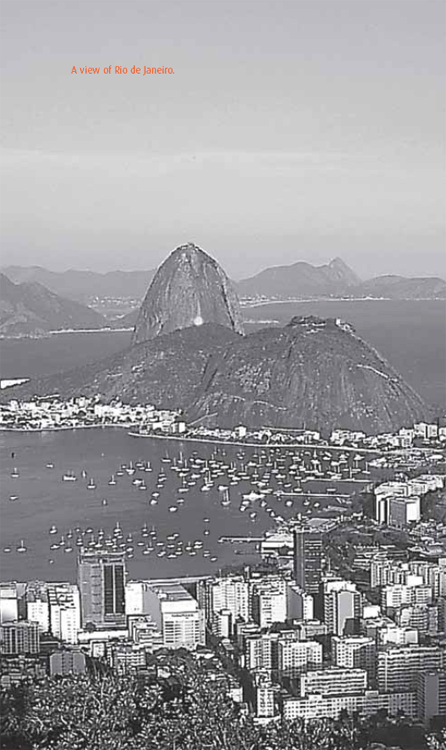
INTRODUCTION
So Paulo or Rio. Naked Savages or the Amazon... It is between these antagonistic extremes, that the real Brazil lies...
Gilberto Freyre, New World in the Tropics
Brazil is a complex and fascinating country. It is not only South Americas largest nation, but also the most varied and diverse in geography, climate, population and culture. Brazil is home to steaming jungles and dry steppes, pristine beaches and lofty mountain peaks. It builds airplanes and sends satellites into space, while in the remote Amazon jungle, native tribes still practice their Stone Age traditions. Brazils cities delight with the gems of their colonial past, whilst at the same time take pride in the accomplishments of their modern architecture. Wherever one travels, wherever one lives, one encounters a diversity that is at once dazzling and enlightening, confusing and delightful.
Brazilians are a people from many different backgrounds. Their varied heritage and traditions contribute to the countrys enormous wealth of cultural manifestations. The Brazilian language, for example, although essentially Portuguese, has been enriched by many indigenous and African words. Indigenous influences are also apparent in place names and food items, as well as mythology and religious practices. Portuguese Catholicism introduced street processions into Brazil, but it was the African slaves who provided the rhythmic percussion for the dances and pageants. Many dishes, especially in North-eastern Brazil, contain ingredients of African origin. It is this fusion of races, cultures, and languages that makes Brazil such a vibrant country. It is also a young and dynamic nation with an admirable ability to overcome hardship and face the future with all-encompassing optimism and hope.
Next page
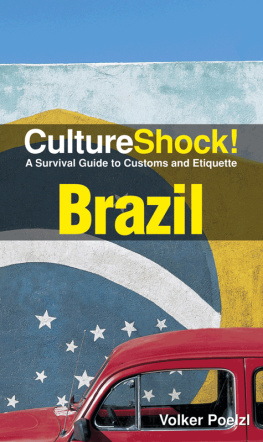

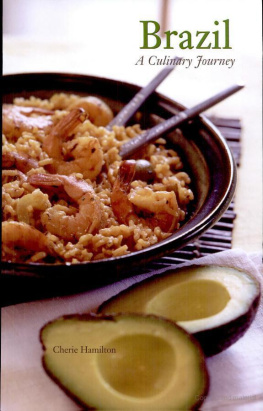
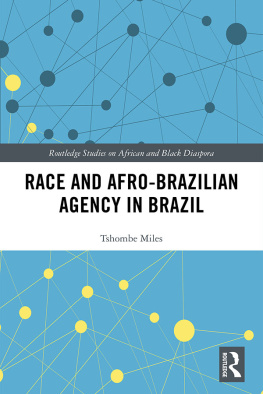
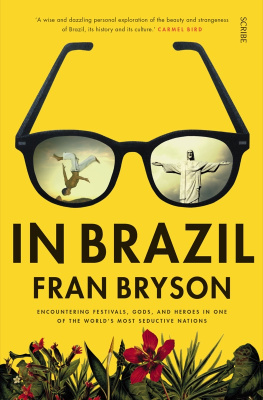
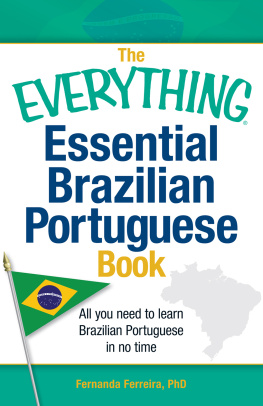
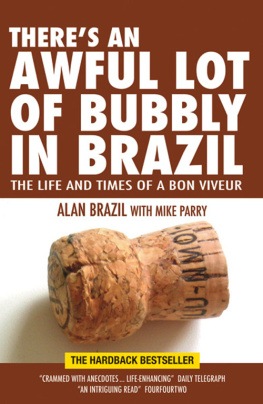

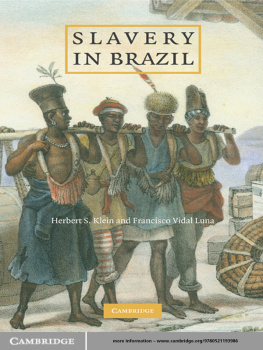
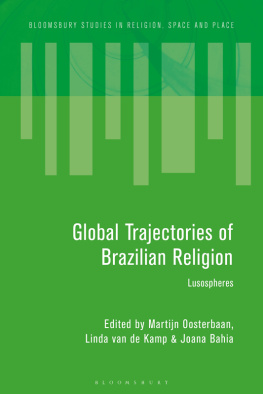
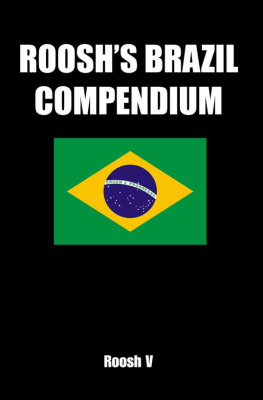

 Marshall Cavendish International. PO Box 65829, London EC1P 1NY, UK
Marshall Cavendish International. PO Box 65829, London EC1P 1NY, UK 